All beauty editors and skincare experts know that when it comes to skincare, and especially to targeting skin concerns like acne, using active ingredients is where the magic happens. Acids speed up skin cell turnover to prevent clogged pores, benzoyl peroxide reduces excess oil production and inflammation, and multitasking retinol prevents breakouts and targets scarring simultaneously.
That being said, if you’ve got sensitive skin or you’re new to using actives, the power behind these ingredients may cause some trepidation. Both acids and retinol can cause redness, sensitivity, irritation, and peeling, so when it comes to using products containing these ingredients, the way you apply them makes all the difference.

I know a lot of people who’ve given up on actives altogether after experiencing these unwanted side effects, but before you do the same, I’d urge you to consider short contact therapy— a technique that allows your skin to slowly adjust to active ingredients. I first learned about this method when training to be an esthetician and I’ve been shouting about its benefits ever since. It’s been used and recommended by both dermatologists and facialists for years because it’s incredibly easy to incorporate into an everyday skincare routine.
Here’s everything you need to know about short contact therapy for acne-prone skin, so you can carry on using active ingredients to address your breakouts and reap all of the benefits, with none of the side effects.
Short contact therapy involves applying an active ingredient to your skin for a reduced amount of time. “The technique is pretty simple,” says facialist and skin expert Charlie Perry. “I apply the product for a short period of time—anywhere from 30 seconds to five minutes (depending on the client’s skin)—and then rinse it off.” By doing this, you’re limiting the ingredient’s contact with skin, so it can still have an impact, but it doesn’t have long enough to cause irritation.
Chances are you’ve probably (unknowingly) experienced this technique before if you’ve used a rinse-off mask or had a chemical peel, but Perry explains that it can also be used for products such as serums and cleansers. “It’s great for things like retinoids or benzoyl peroxide and other potentially irritating ingredients, as it helps improve the tolerability of a product where normally the skin needs time to adjust,” she adds.

The basic gist is that short contact therapy reduces the potential for active ingredients to irritate your skin, but it also means you can reap their many skin-clearing benefits. “For those prone to breakouts or moderate acne, short contact therapy can be really beneficial,” says Perry. “Ingredients such as benzoyl peroxide and salicylic acid can sometimes dry out or irritate the skin if used too frequently, so this is a great to way to tap into their acne-fighting properties.”
And, of course, if you have sensitivity, this is a great technique to try if you’ve previously found that active ingredients trigger redness and inflammation. “A notorious side effect of topical retinoids is irritant contact dermatitis,” explains Perry. This condition occurs when the skin is repeatedly exposed to an irritant that damages the skin’s protective outer layer. “Applying products for shorter periods of time can help increase the skin’s tolerance so irritant contact dermatitis doesn’t occur,” she adds. “Over time, I’ve seen many people able to increase the frequency and length of application and avoid compromising or irritating their skin but also maximize results.”
“Due to the ability to use this technique across a broad range of ingredients and products, it can really be used to treat any skin condition that the product has been designed to address,” says Perry. The obvious side effect is that if a product is left on the skin for too long, then irritation may occur. To avoid this, Perry advises starting off with a 30-second application and then building up in 30-second intervals each time you try it, slowing it down again if irritation occurs.

One of my personal favorite ways to use short contact therapy to target acne breakouts is with benzoyl peroxide. The incredibly powerful ingredient works to kill bacteria, reduce inflammation, and unblock clogged pores, but it can also cause the skin to dry out and peel. Rather than applying it in a serum or treatment form, I instead use a benzoyl peroxide cleanser, leave it on my skin for 3–5 minutes (think of it like a face mask), and then rinse it off.
Perry also recommends trying the technique out via a cleanser. “I often leave on a salicylic acid cleanser for a few minutes when a client is experiencing breakouts to subside inflammation or even as a way to mitigate breakouts at certain points throughout the hormonal cycle,” she says. Alternatively, you can also try out short contact therapy using a serum. Again, think of it like a mask—apply it to clean skin, rinse off with just water, then continue with the hydrating steps of your routine.
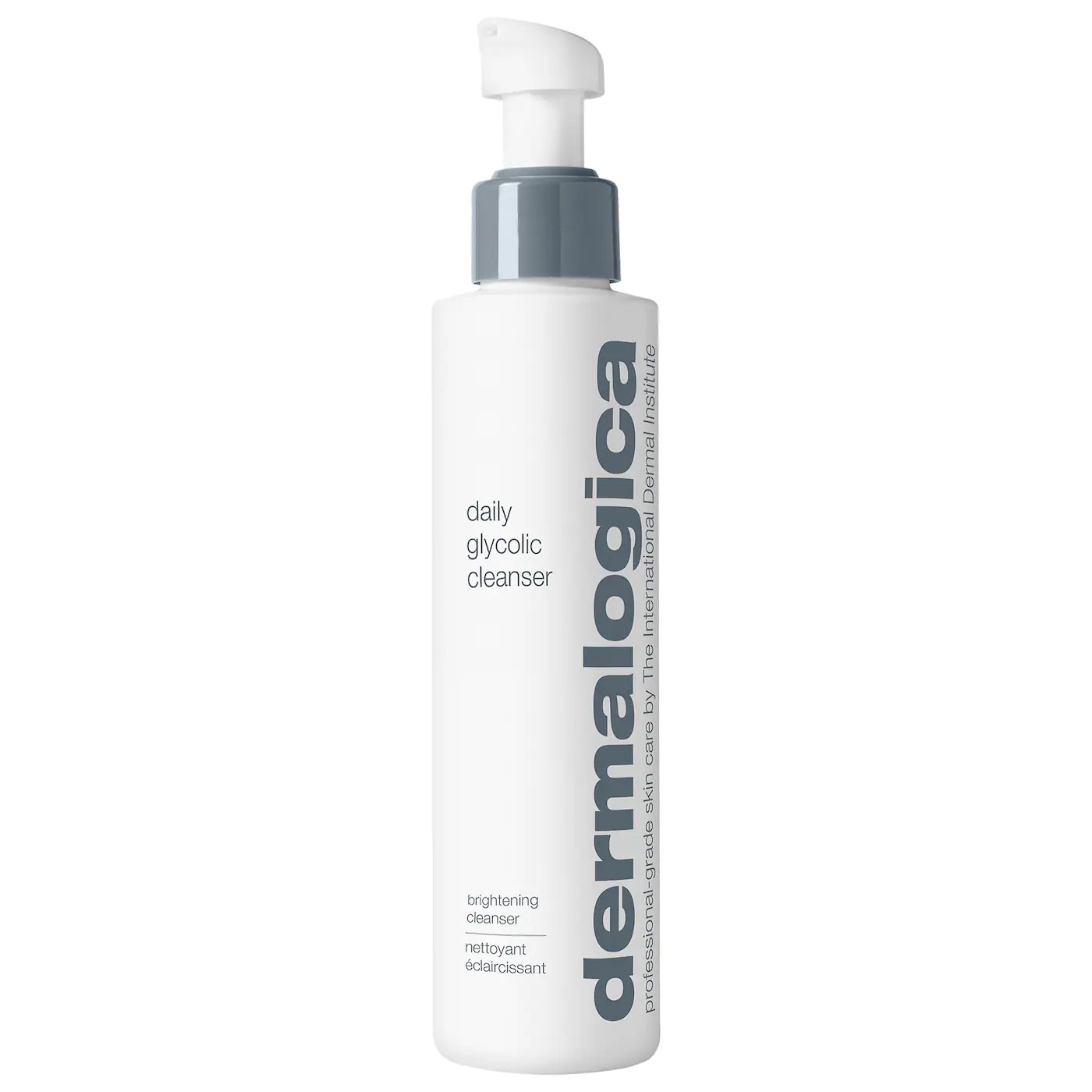
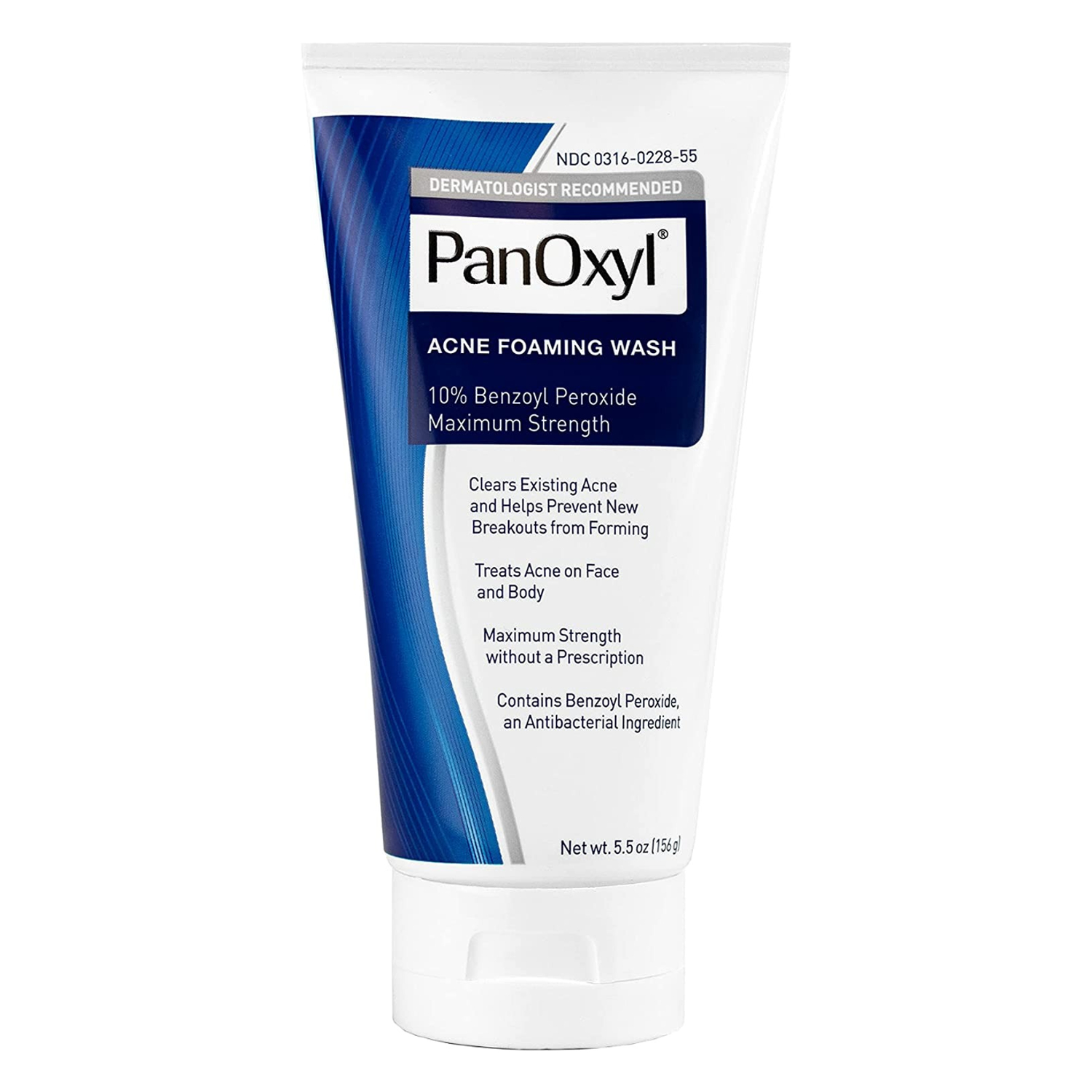
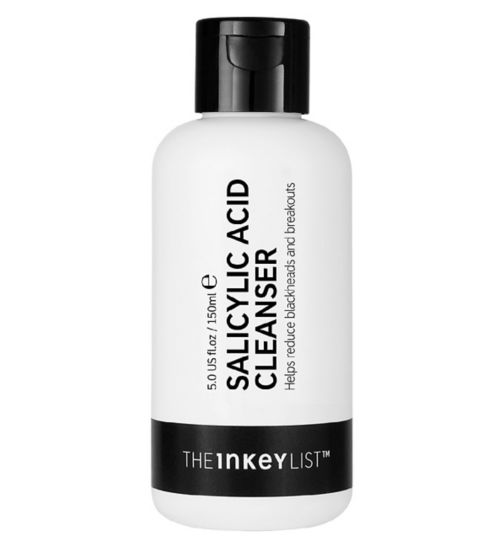



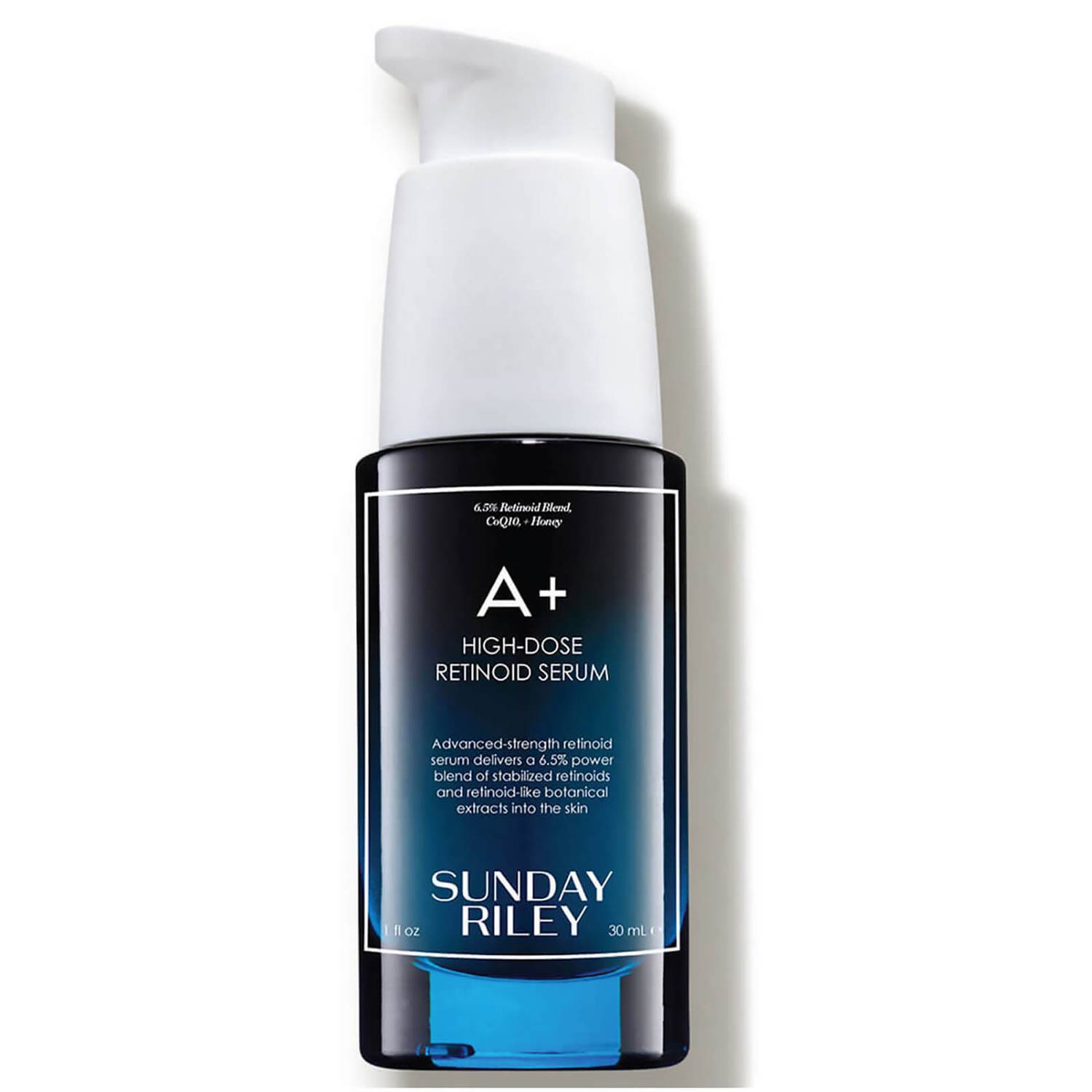


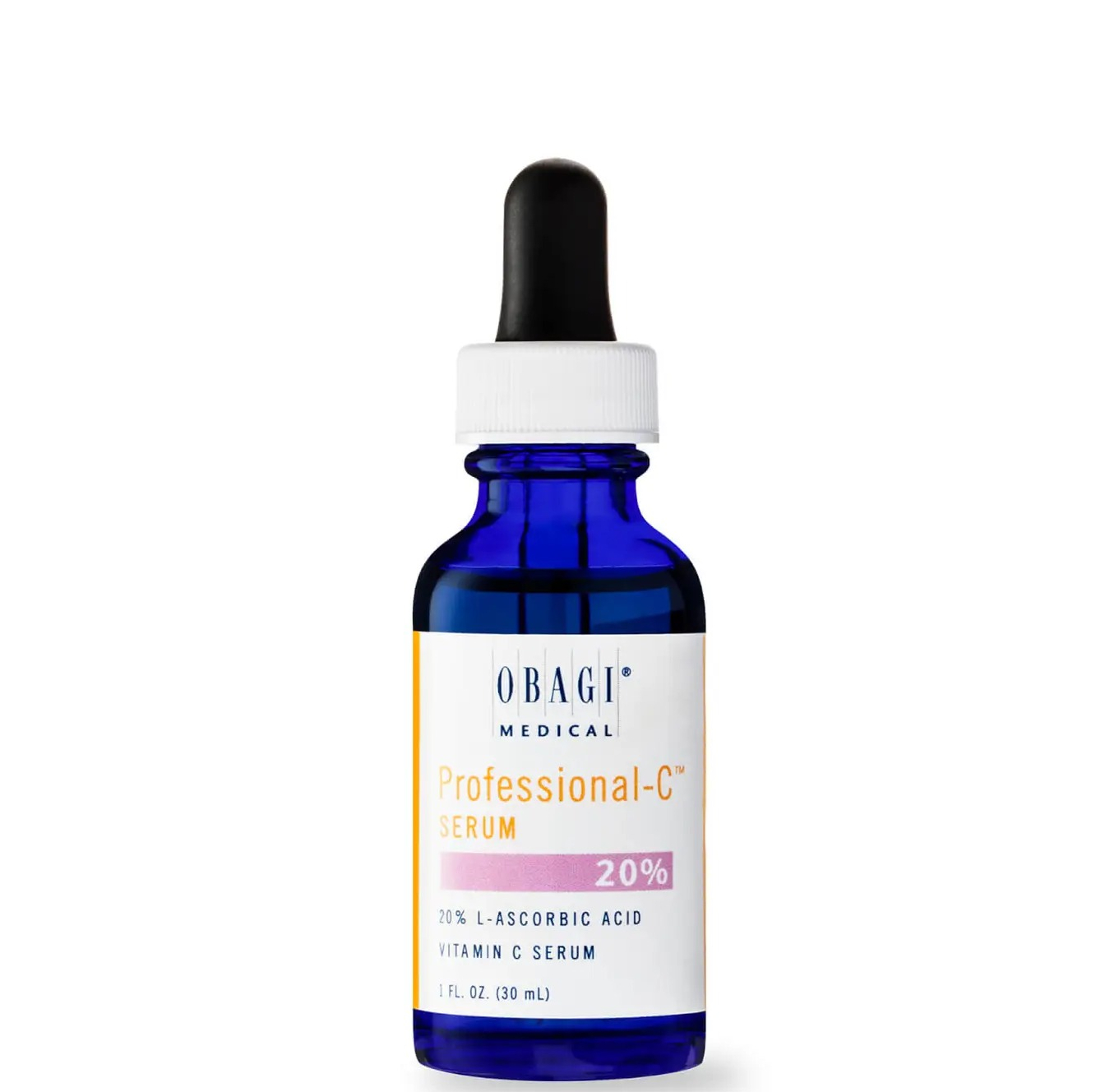
Up Next: 9 Common Skincare Ingredients You’ll Want to Avoid If You Have Acne.
This post originally appeared on Who What Wear UK.

